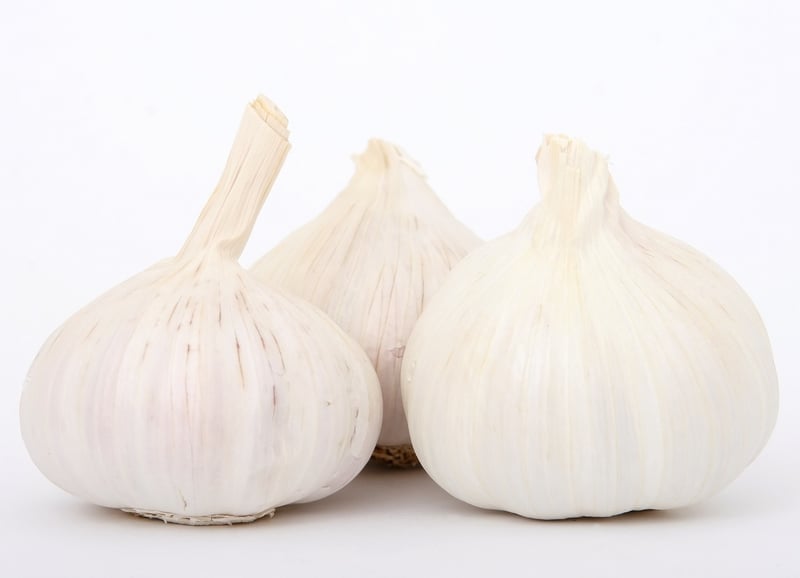International Flavors
Exploring Key Components for Dishes with International Flavors
When it comes to creating delicious dishes with international flavors, understanding the key components that contribute to the distinctive tastes of various cuisines is essential. Whether you are a seasoned chef or an enthusiastic home cook, incorporating these essential elements can elevate your culinary creations to new heights. Let's delve into the fundamentals of international flavors and discover how you can infuse them into your cooking.
1. Spices and Seasonings
Spices and seasonings play a crucial role in defining the flavor profile of a dish. Different regions around the world use a unique blend of spices to add depth and complexity to their cuisine. For example, Indian cuisine is known for its use of garam masala, turmeric, and cumin, while Mexican dishes often feature cumin, chili powder, and oregano. Experimenting with a variety of spices can help you create dishes that are bursting with flavor.
2. Fresh Herbs
Herbs are another essential component of many international dishes. From fragrant basil in Italian cuisine to cilantro in Mexican dishes, fresh herbs bring a burst of freshness and brightness to a recipe. Consider growing your own herb garden to have easy access to a variety of fresh herbs for your cooking.
3. Aromatic Vegetables
Aromatic vegetables like onions, garlic, and peppers form the flavor base for numerous international dishes. These ingredients are often sautéed at the beginning of a recipe to build depth of flavor. Learning how to properly cook aromatic vegetables can enhance the taste of your dishes significantly.
4. Sauces and Condiments
Sauces and condiments are integral to many international cuisines, adding richness and flavor complexity to dishes. Whether it's soy sauce and miso in Japanese cooking or tahini and harissa in Middle Eastern cuisine, incorporating authentic sauces and condiments can transport your taste buds around the globe.
5. Global Grains and Legumes
From fragrant jasmine rice in Thai cuisine to hearty lentils in Indian dishes, grains and legumes are staples in many international diets. Experimenting with different types of grains and legumes can introduce new textures and flavors to your meals.
6. Sweet and Savory Balance
Many international dishes strike a perfect balance between sweet and savory flavors. For example, Moroccan tagines often combine sweet dried fruits with savory spices, creating a harmonious blend of tastes. Understanding how to achieve this balance can take your dishes to the next level.
Embrace the World on Your Plate
By incorporating these key components into your cooking, you can embark on a culinary journey around the world without leaving your kitchen. Experiment with different flavors, ingredients, and techniques to create dishes that are as diverse and vibrant as the cultures that inspire them.
So, roll up your sleeves, sharpen your knives, and get ready to explore the rich tapestry of international flavors that await you!

